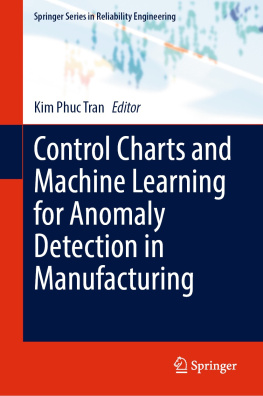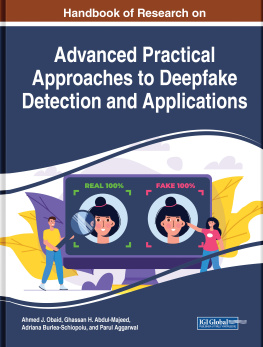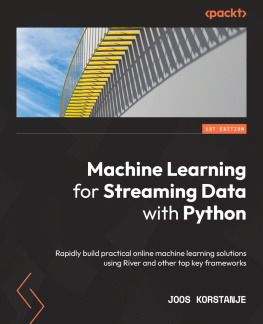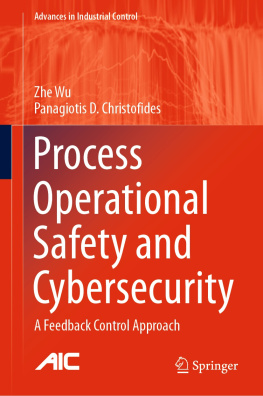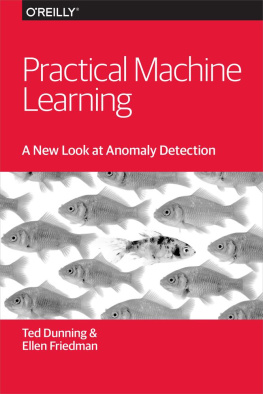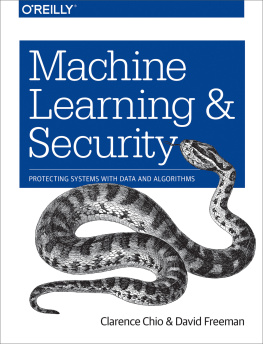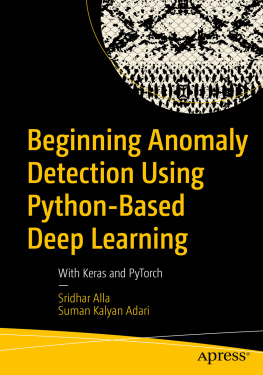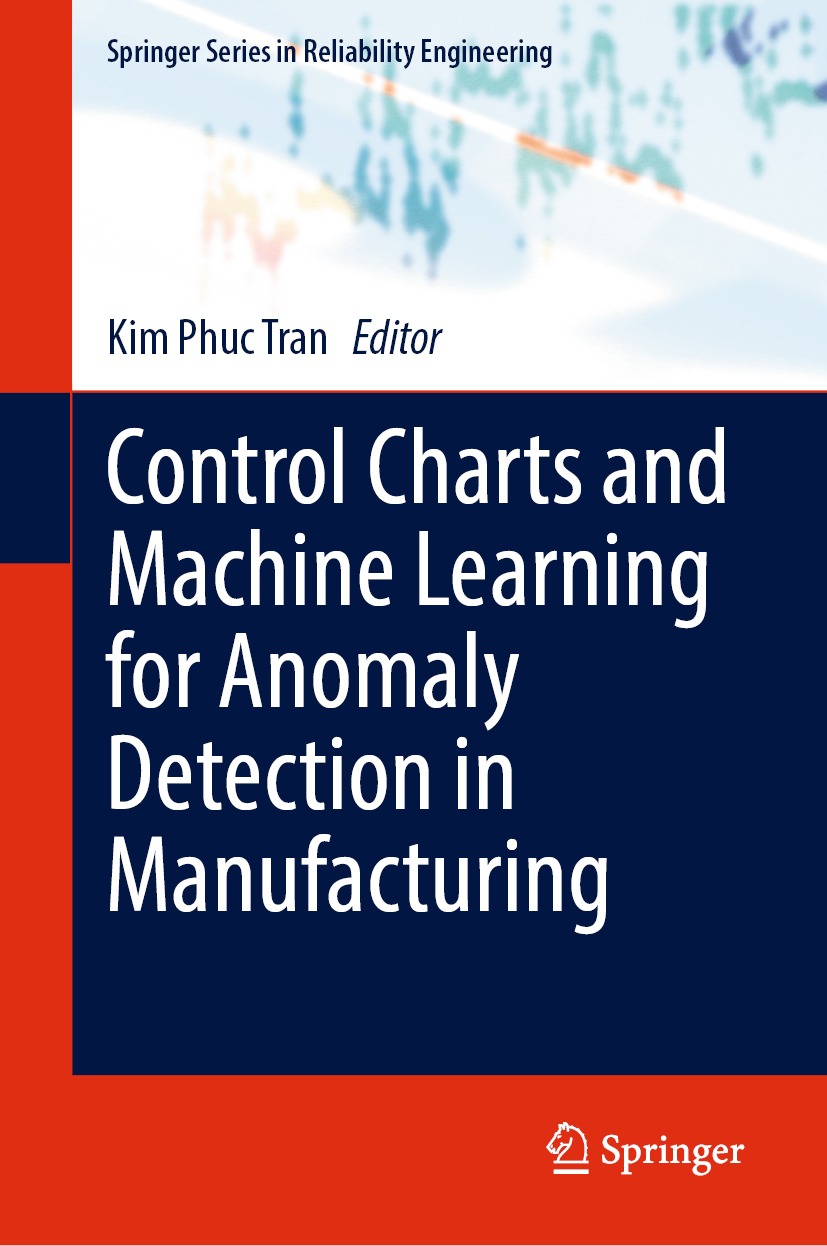Kim Phuc Tran - Control Charts and Machine Learning for Anomaly Detection in Manufacturing
Here you can read online Kim Phuc Tran - Control Charts and Machine Learning for Anomaly Detection in Manufacturing full text of the book (entire story) in english for free. Download pdf and epub, get meaning, cover and reviews about this ebook. year: 2021, publisher: Springer, genre: Romance novel. Description of the work, (preface) as well as reviews are available. Best literature library LitArk.com created for fans of good reading and offers a wide selection of genres:
Romance novel
Science fiction
Adventure
Detective
Science
History
Home and family
Prose
Art
Politics
Computer
Non-fiction
Religion
Business
Children
Humor
Choose a favorite category and find really read worthwhile books. Enjoy immersion in the world of imagination, feel the emotions of the characters or learn something new for yourself, make an fascinating discovery.
- Book:Control Charts and Machine Learning for Anomaly Detection in Manufacturing
- Author:
- Publisher:Springer
- Genre:
- Year:2021
- Rating:3 / 5
- Favourites:Add to favourites
- Your mark:
Control Charts and Machine Learning for Anomaly Detection in Manufacturing: summary, description and annotation
We offer to read an annotation, description, summary or preface (depends on what the author of the book "Control Charts and Machine Learning for Anomaly Detection in Manufacturing" wrote himself). If you haven't found the necessary information about the book — write in the comments, we will try to find it.
This book introduces the latest research on advanced control charts and new machine learning approaches to detect abnormalities in the smart manufacturing process. By approaching anomaly detection using both statistics and machine learning, the book promotes interdisciplinary cooperation between the research communities, to jointly develop new anomaly detection approaches that are more suitable for the 4.0 Industrial Revolution.
The book provides ready-to-use algorithms and parameter sheets, enabling readers to design advanced control charts and machine learning-based approaches for anomaly detection in manufacturing. Case studies are introduced in each chapter to help practitioners easily apply these tools to real-world manufacturing processes.
The book is of interest to researchers, industrial experts, and postgraduate students in the fields of industrial engineering, automation, statistical learning, and manufacturing industries.Kim Phuc Tran: author's other books
Who wrote Control Charts and Machine Learning for Anomaly Detection in Manufacturing? Find out the surname, the name of the author of the book and a list of all author's works by series.

